Facebook Marketplace is a great spot to find some cheap second-hand goods. It’s appealing to many sellers because it has a wide reach and is easy to use. The social media aspect of it also makes it easy to connect with potential buyers and answer any questions.
The site also imposes very few limits on what you can sell, making scrolling through the website feel a lot like a garage sale. And just like in any other garage sale, you are bound to find some weird stuff there.
The list below consists of some fascinating finds collected by the Instagram page Marketplace Double Takes. Scroll down to explore the oddities.
#1

Image credits: marketplacedoubletakes
A lot of the things that end up on Facebook Marketplace get there because people want to discard them. The reasons for that are various but, in one way or another, the pieces are unwanted. However, sometimes the things that find themselves in auction aren’t unwanted at all. In fact, they might actually be very valuable and end up on sale by accident.
Out of all the people and organizations to make that kind of mistake, the one you might least expect to do this is NASA. However, that’s exactly what happened to them back in 2015.
#2
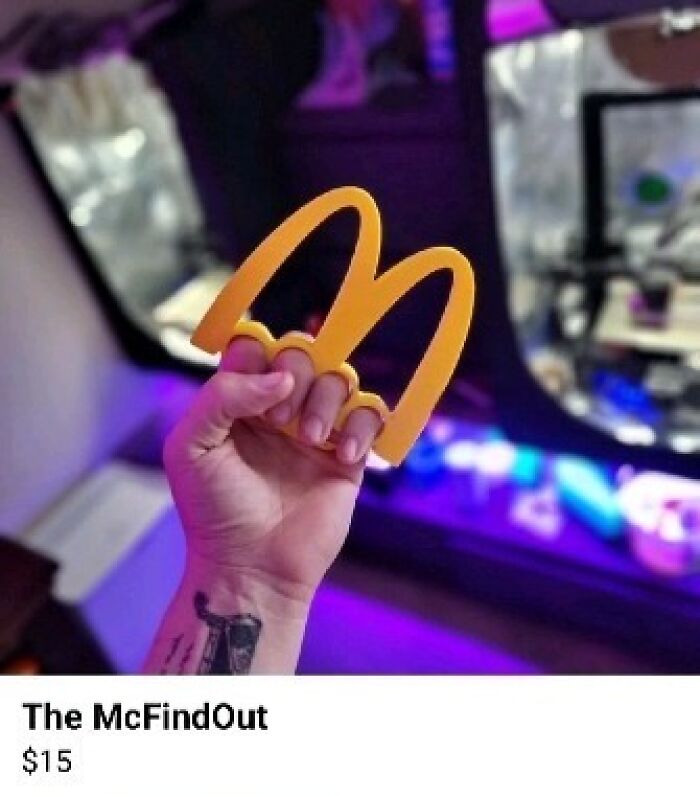
Image credits: marketplacedoubletakes
#3
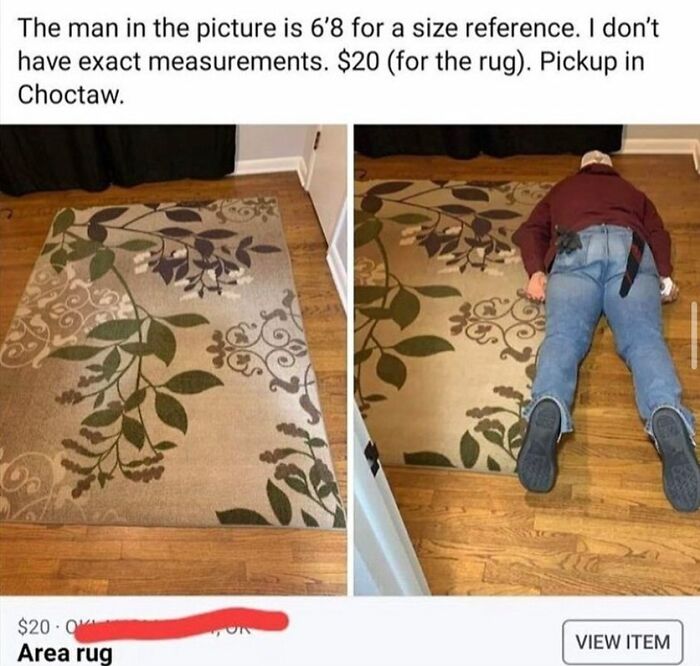
Image credits: ridiculousthrifter
You see, back in 2003, Max Ary, a man who ran Kansas Cosmosphere Museum, was convicted of stealing and selling space objects. The police then seized a bunch of his possessions and sold some of them at an auction for retribution.
One of the items that ended up with the “for sale” sign was a 12-by-81/2-inch bag made of white Beta cloth and polyester with rubberized nylon and a brass zipper. Inside of it there were traces of moondust—fine grey powder brought to Earth all the way from the Moon. Better yet—it was the first ever sample of moondust that humans have collected.
#4

Image credits: marketplacedoubletakes
#5
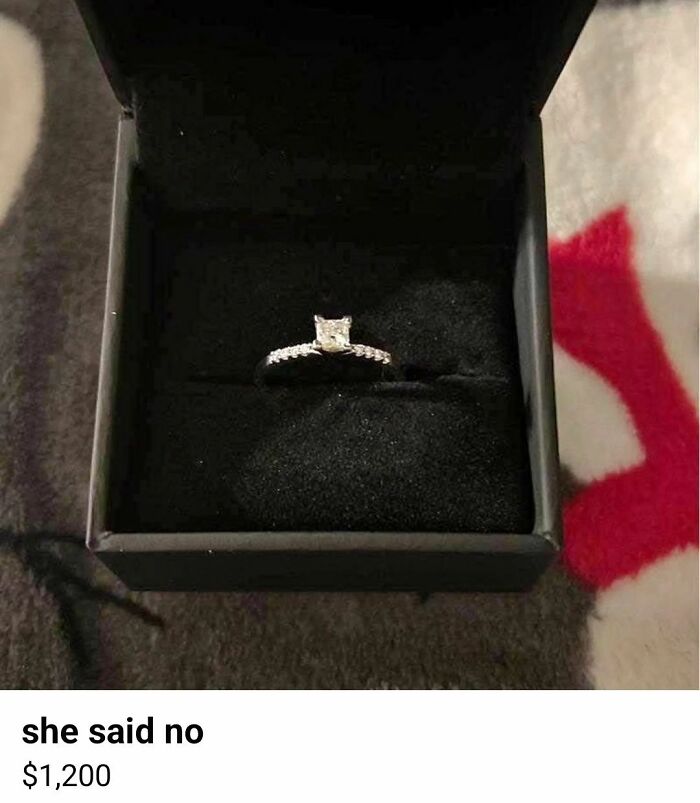
Image credits: marketplacedoubletakes
#6

Image credits: marketplacedoubletakes
This, of course, was not the plan. The government did not want to sell the moondust to the public, especially right after seizing it. They mixed it up with another bag that did not contain any valuable space materials in it. Either way, the listing popped up online on a federal auction site.
#7

Image credits: marketplacedoubletakes
#8

Image credits: marketplacedoubletakes
#9

Image credits: marketplacedoubletakes
Soon enough, Nancy Lee Carlson, a self-admitted Apollo mission fan, came across the bag online. According to her, it was labeled “lunar sample return” which was enough for her to want to get it. Furthermore, no one else showed any interest in it—nobody bid on it for three auctions. So, she bagged the bag for $995 in February 2015.
#10
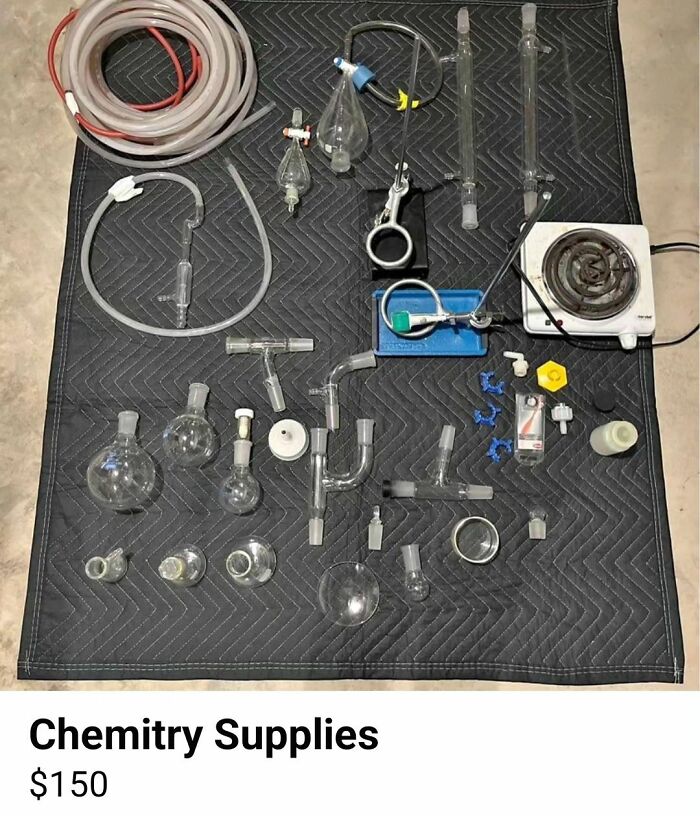
Image credits: marketplacedoubletakes
#11

Image credits: marketplacedoubletakes
#12
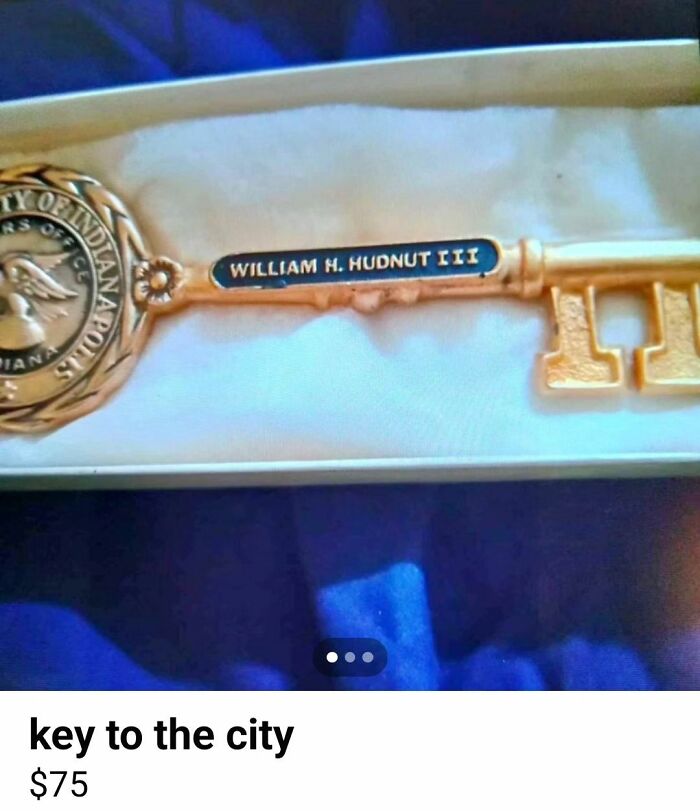
Image credits: marketplacedoubletakes
NASA didn’t catch on to what was happening up until the sample made it back to them. That was because Carlson sent it to them to get it verified. See, she didn’t know which lunar mission it was from, so she wanted to get her facts straight.
#13

Image credits: marketplacedoubletakes
#14

Image credits: marketplacedoubletakes
#15

Image credits: marketplacedoubletakes
However, once NASA found out about their mistake, they were quick to fix it—government style. They seized it once again. They argued that the sample belongs to the American people. “This artifact was never meant to be owned by an individual,” said their spokesman. But Carlson was not convinced. She sued them.
#16

Image credits: marketplacedoubletakes
#17
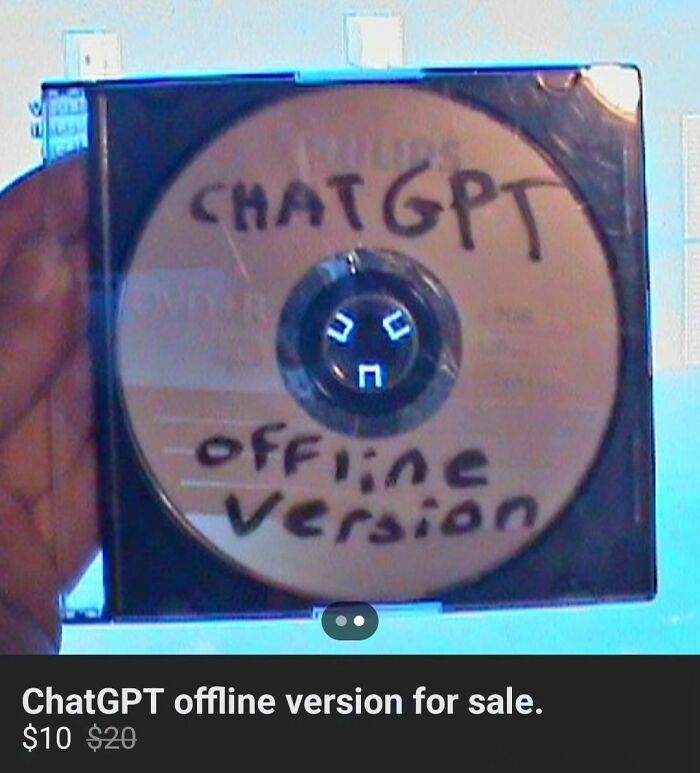
Image credits: marketplacedoubletakes
#18

Image credits: marketplacedoubletakes
While their plea was valid, the US district judge in Kansas couldn’t do much to help NASA. He recognized that the listing was a mistake, but he also admitted that he simply could not reverse the authority of the sale. So, Carlson got her bag back and sold it for 1.8 million dollars.
#19

Image credits: marketplacedoubletakes
#20

Image credits: marketplacedoubletakes
#21

Image credits: marketplacedoubletakes
However, the story didn’t end there. You see, NASA is just as petty as any of us would be in this situation. They tampered with the bag, taking some of the dust from it before returning it. Carlson didn’t let it slide. She sued them again.
#22

Image credits: marketplacedoubletakes
#23
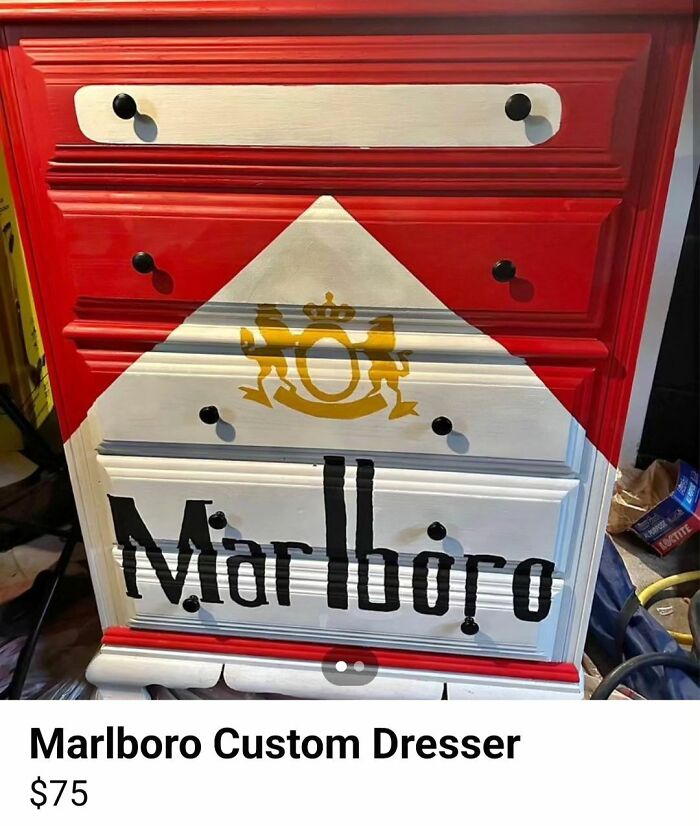
Image credits: marketplacedoubletakes
#24

Image credits: marketplacedoubletakes
Carlson argued that the tampering affected the price of the bag. It was sold for under 2 million, while initially it was priced between 2 and 4 million dollars. She, once again, won the case and NASA was forced to return five of the six moon dust particles that they removed from the bag. Those later sold for an additional half a million dollars.
#25
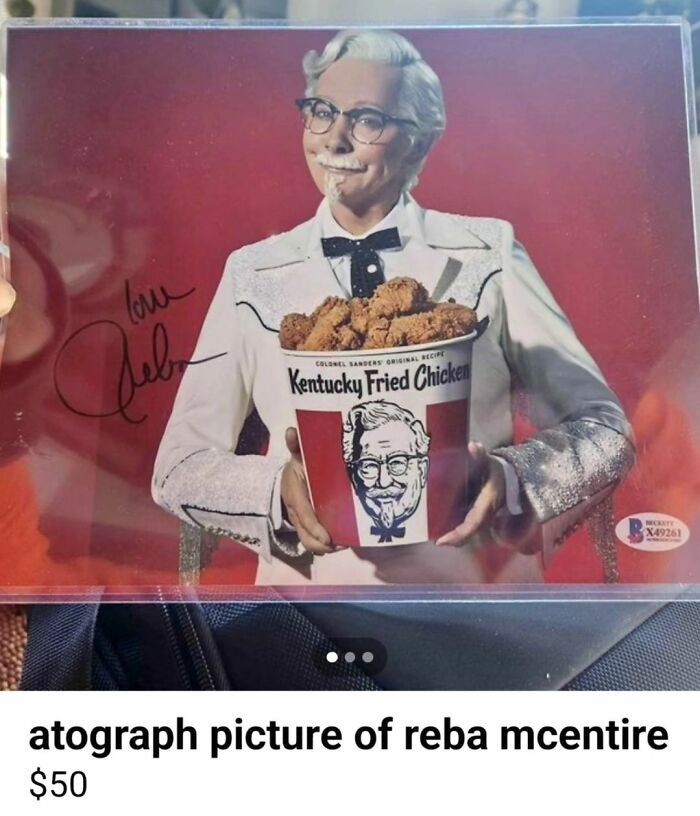
Image credits: marketplacedoubletakes
#26

Image credits: marketplacedoubletakes
#27

Image credits: marketplacedoubletakes
All of this to say that the next time you list something online—make sure you really want to get rid of it. You don’t want to make silly mistakes like NASA did.
#28

Image credits: marketplacedoubletakes
#29

Image credits: marketplacedoubletakes
#30

Image credits: marketplacedoubletakes
#31

Image credits: marketplacedoubletakes
#32
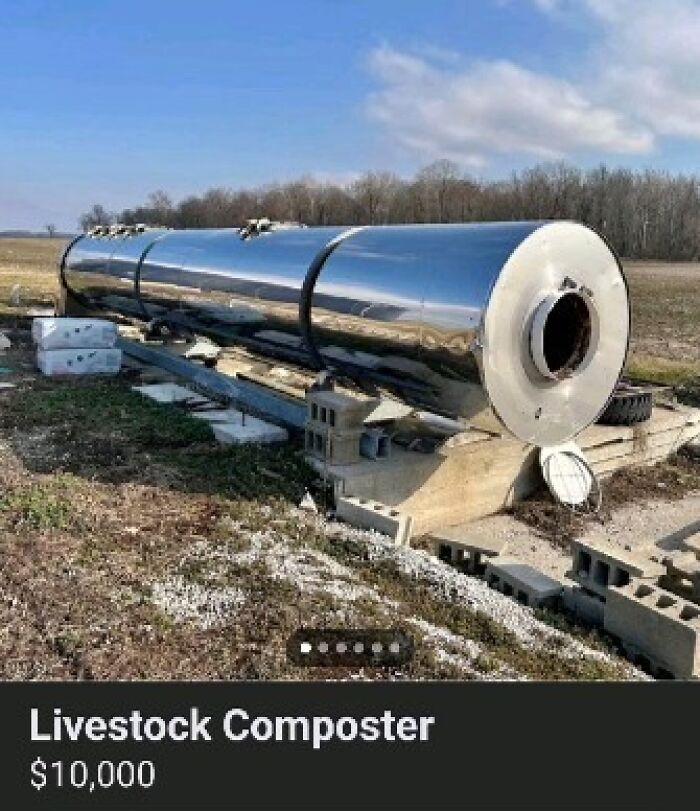
Image credits: marketplacedoubletakes
#33

Image credits: marketplacedoubletakes
#34

Image credits: marketplacedoubletakes
#35

Image credits: marketplacedoubletakes
#36
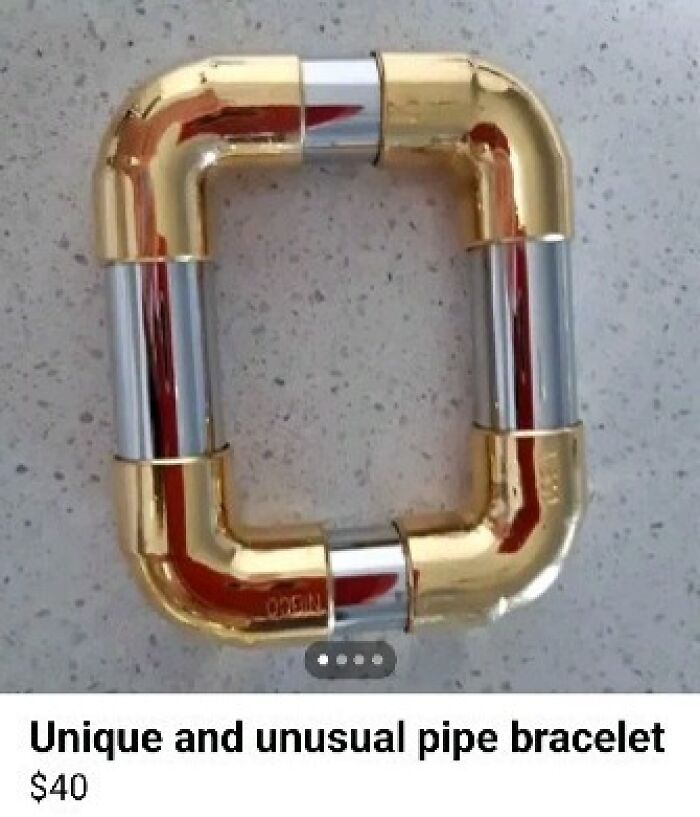
Image credits: marketplacedoubletakes
#37

Image credits: marketplacedoubletakes







